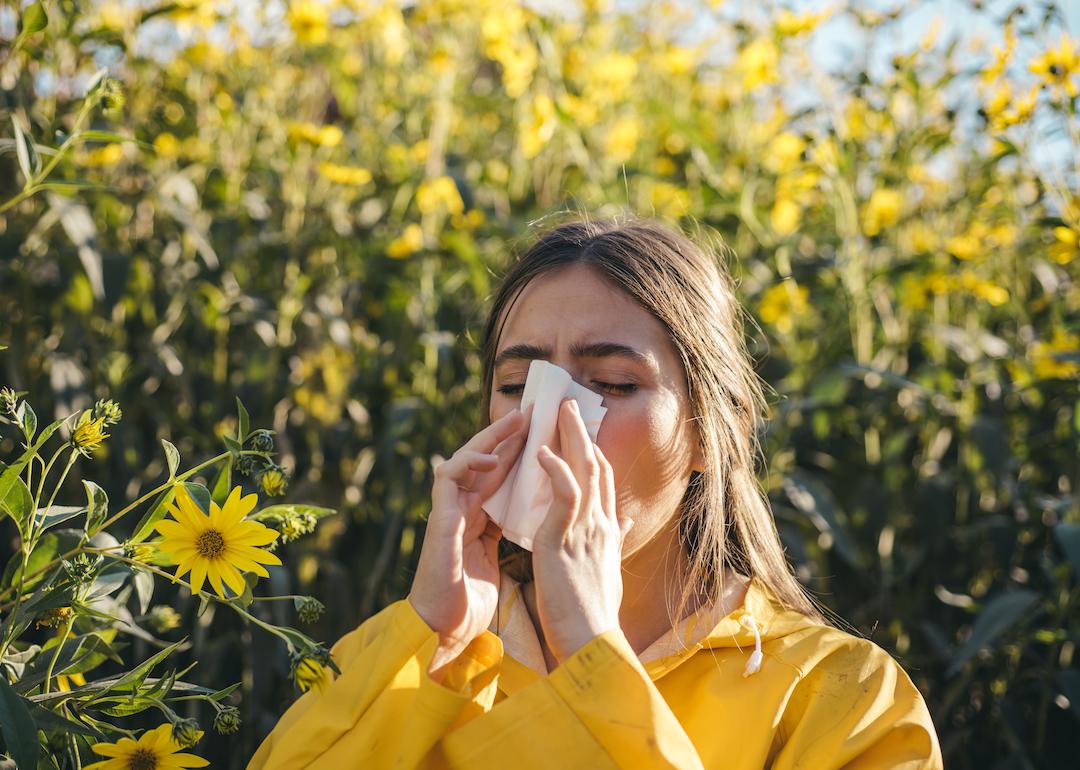
This story originally appeared on Wyndly and was produced and distributed in partnership with Stacker Studio.
The worst months for 15 common allergies
Spring and summer are associated with blooming flowers, the return of warm weather, outdoor gatherings, and trips to the beach—just a few of the many wonderful ways that people can spend their days during the warmer months of the year.
But a not-so-wonderful thing that can come along with spring and summer is allergies. For some people, the warmer months also signal the start of lots of sneezing, sniffling, itchy eyes, and other unpleasant symptoms. However, seasonal allergies differ from other types of allergies—such as those to peanuts or cats—in that they are only present during certain times of the year.
The reason some allergies strike seasonally is because their cause—usually different plants and flowers—only bloom during certain parts of the year. Symptoms of these allergies can range from mildly irritating to shortness of breath, clouding what is otherwise considered a lovely time of year. Many people report sneezing, a runny nose, post-nasal drip, and congestion.
What causes these symptoms? Pollen is typically the culprit. Found in small, egg-shaped grains that are released from different plants and flowers as they bloom, it is carried by wind and insects to cross-pollinate other plants. Spring tends to be dominated by tree pollen, while summer allergies skew toward plant allergens from grass. But this pollen can also land in people's eyes, ears, mouths, and lungs to cause all of those uncomfortable symptoms.
There are also allergies with similar symptoms caused by certain mold spores that are transmitted through the air, particularly outdoors from mid-summer into the fall. Some mold that grows indoors, however, can cause symptoms year-round.
People who suffer from seasonal allergies do so for the same reason that people suffer from all sorts of allergies: Their bodies' immune systems have overreacted to something in the environment. Scientists aren't completely sure why some people develop allergies while others don't. But two traits they typically look at to determine who might be susceptible are genetics and environment. People whose parents or other family members have suffered from seasonal allergies are more likely to suffer themselves. And those who live in climates where they will be exposed to more allergen capsules that are able to influence immune response may have a higher chance of developing allergies.
Some ways to deal with allergies include staying indoors on days when pollen count is particularly high, using nasal sprays, and taking antihistamines. For long-term relief, you may want to consult with a doctor to see if allergy immunotherapy might be an option.
Wyndly cited research from the Division of Allergy and Clinical Immunology at Johns Hopkins University to look at how 15 common allergies manifest in different months. Here's a look at which months are the worst for certain types of seasonal allergies.
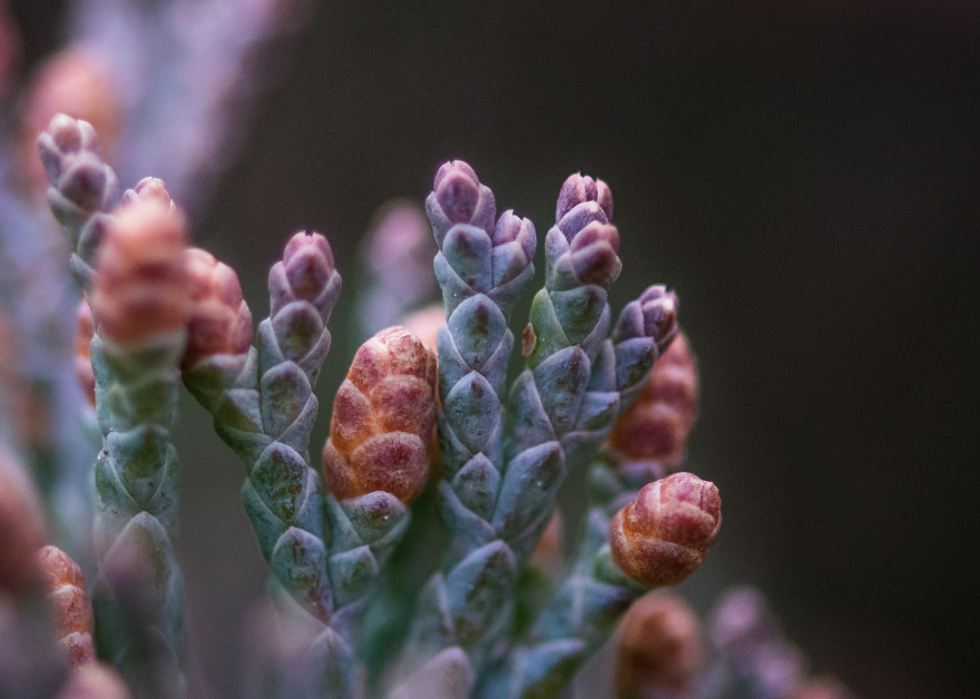
Juniper
- Type: Tree pollen
- Season: Mid-February to March
- Peak of season: February
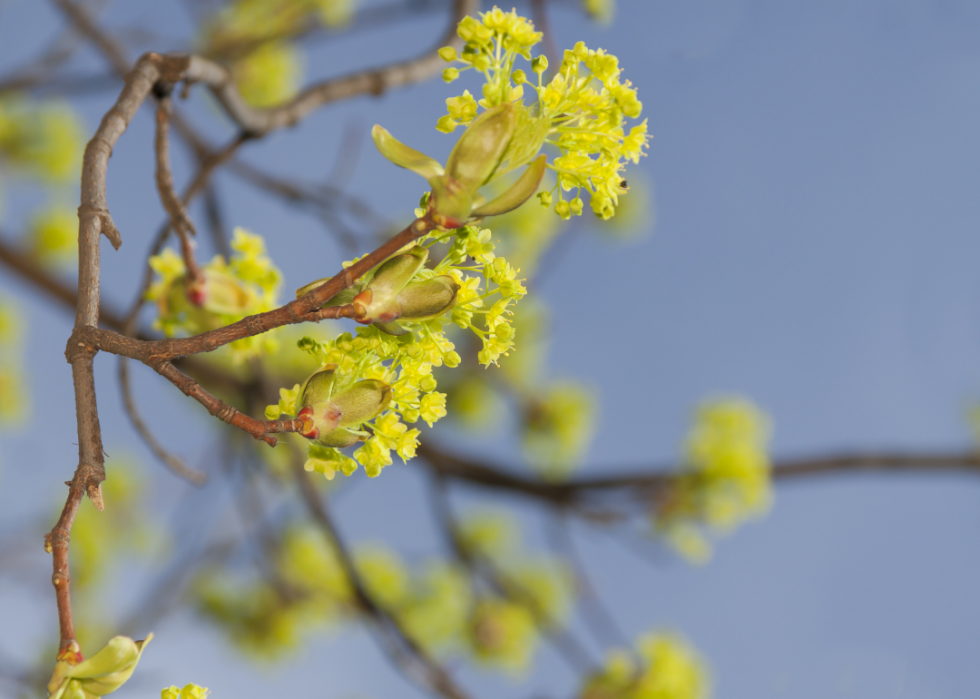
Elm
- Type: Tree pollen
- Season: Mid-February to mid-May
- Peak of season: March-mid April
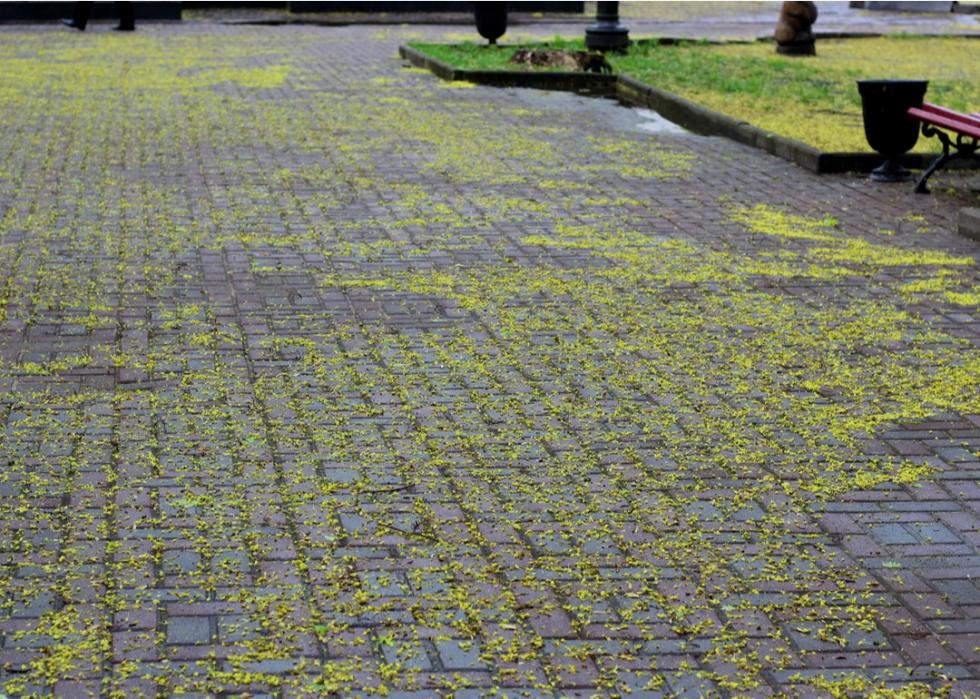
Maple
- Type: Tree pollen
- Season: Mid-February to May
- Peak of season: Late-February to April
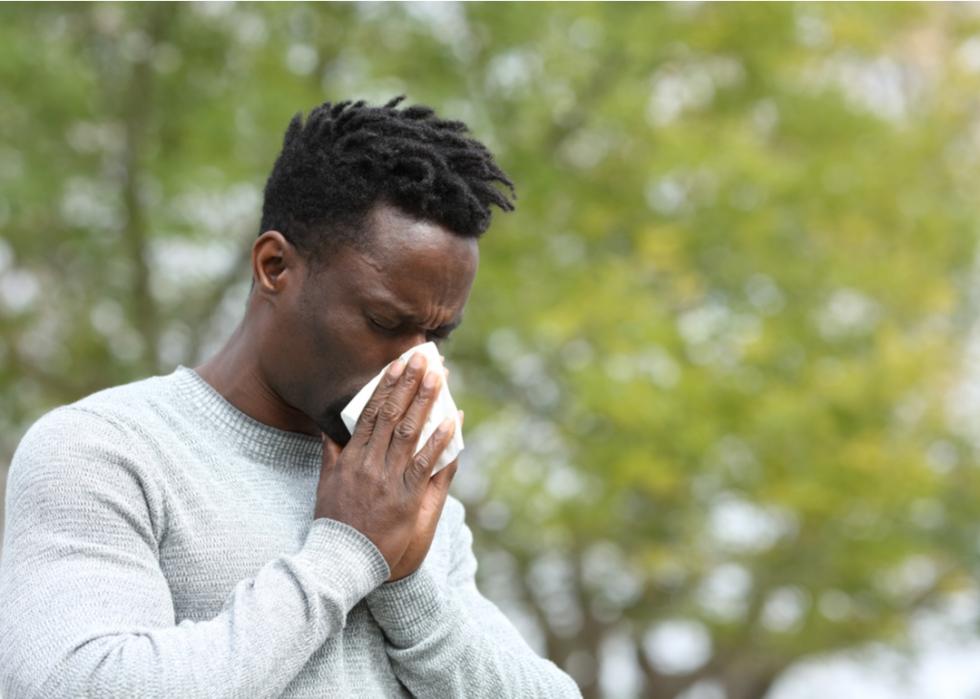
Hickory
- Type: Tree pollen
- Season: Late-March to June
- Peak of season: April
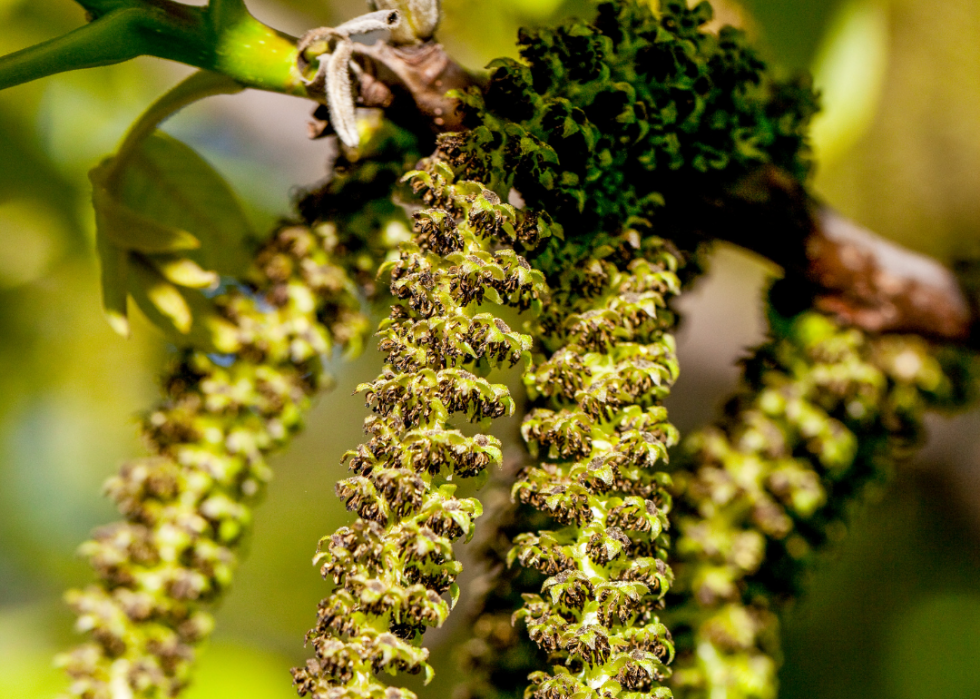
Walnut
- Type: Tree pollen
- Season: Late-March to June
- Peak of season: May
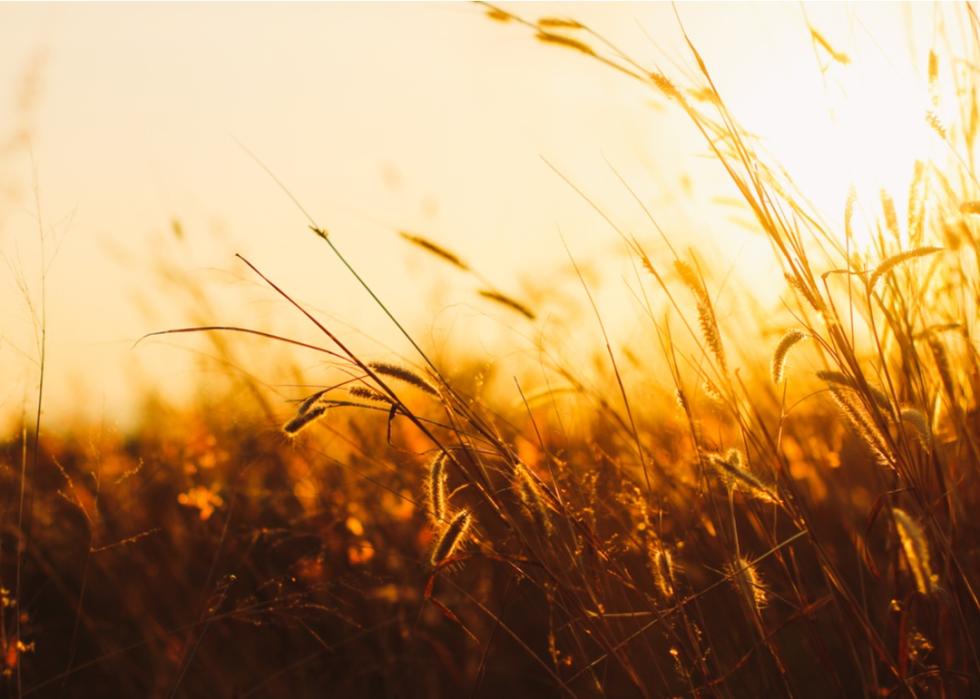
Timothy
- Type: Grass pollen
- Season: Late-March to mid-August
- Peak of season: April to June
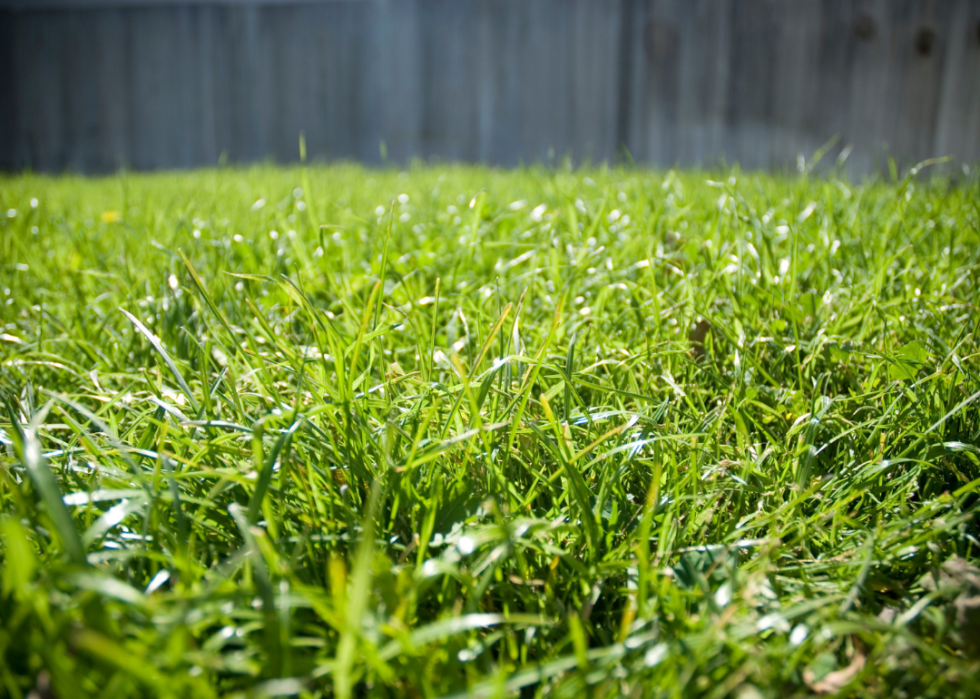
Bermuda
- Type: Grass pollen
- Season: May to September
- Peak of season: July
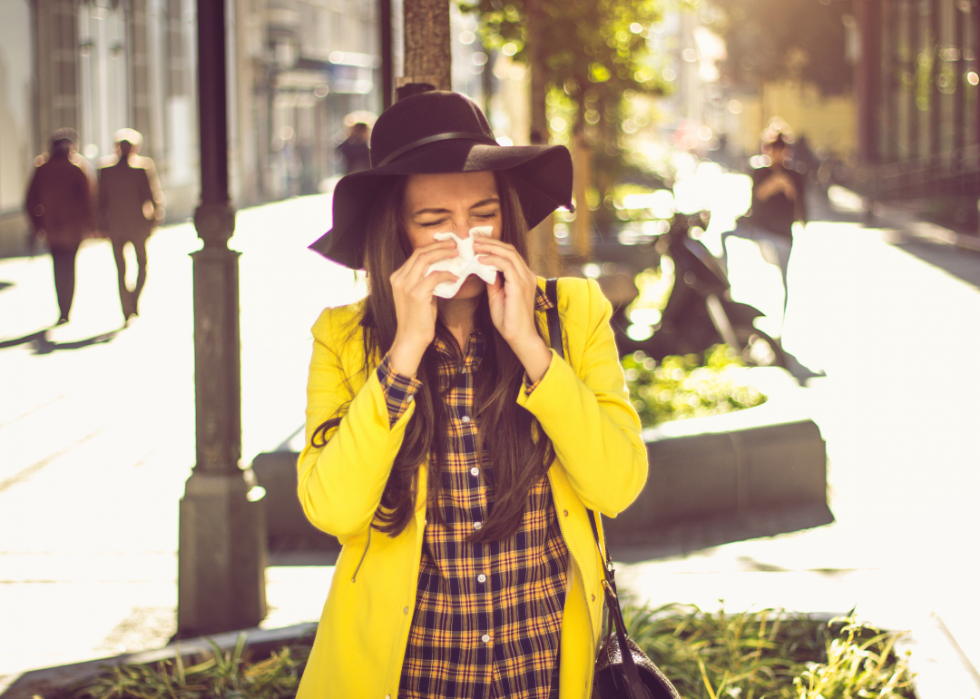
Orchard
- Type: Grass pollen
- Season: Late-March to mid-August
- Peak of season: April to June
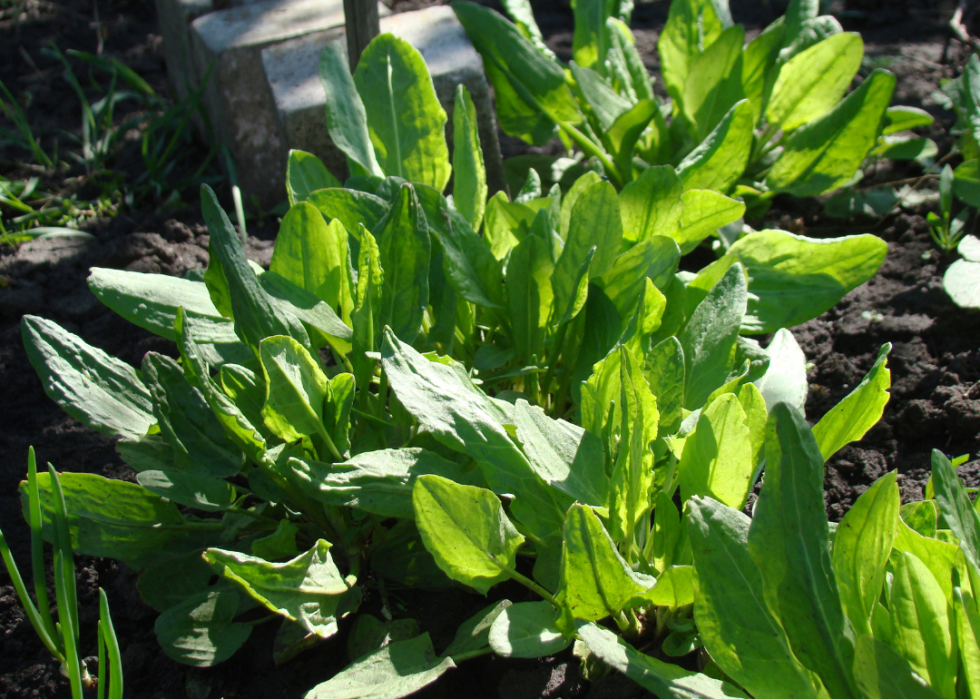
Sorrel
- Type: Weed pollen
- Season: Mid-April to mid-July
- Peak of season: April
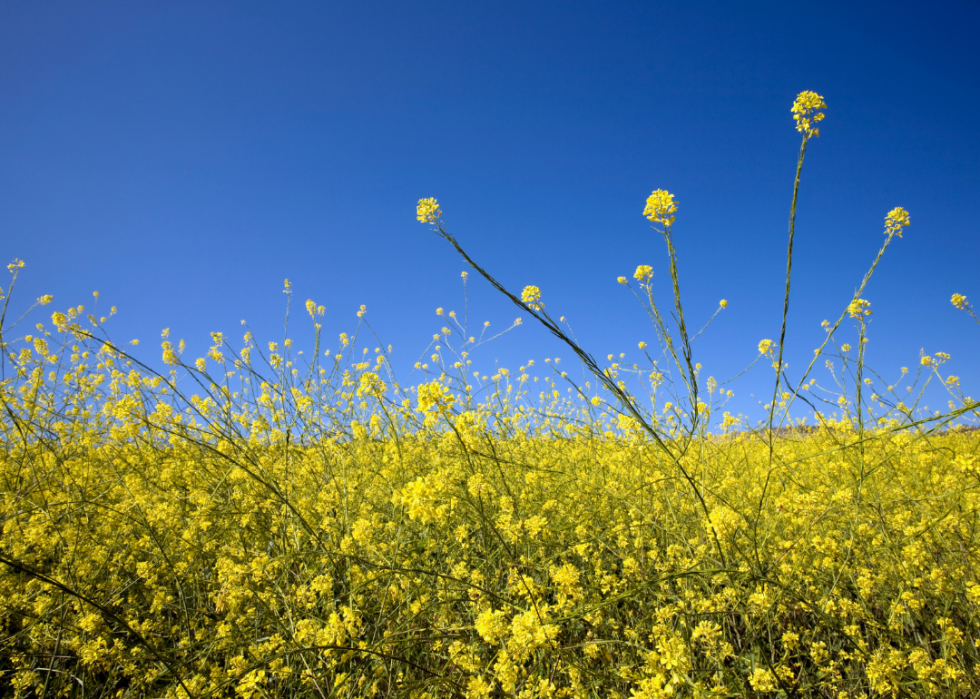
Ragweed
- Type: Weed pollen
- Season: Mid-August to mid-October
- Peak of season: Mid-August to September
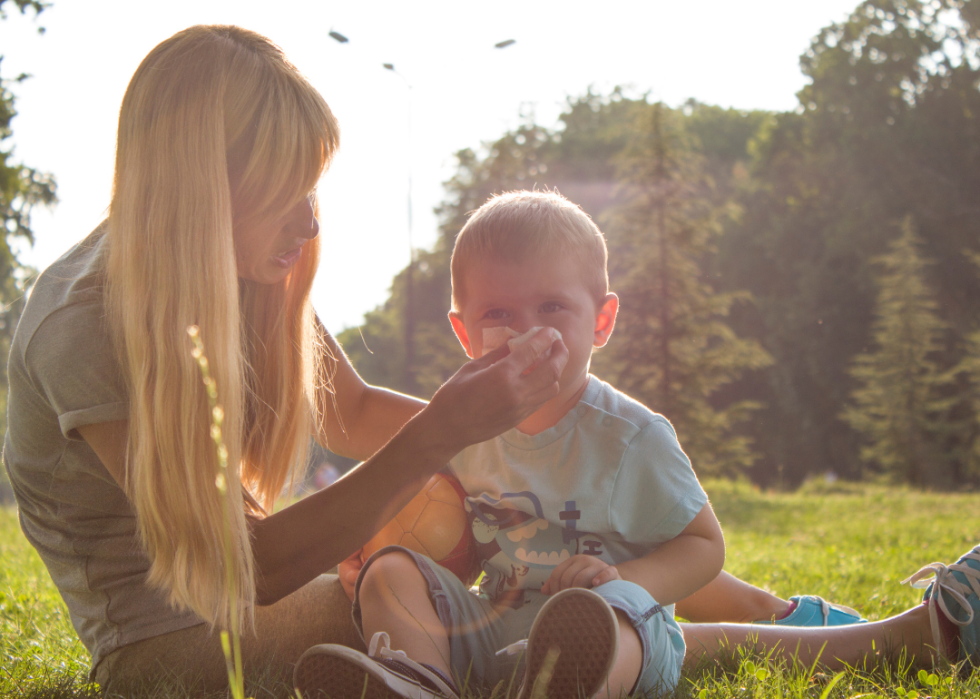
Plantain
- Type: Weed pollen
- Season: Mid-April to mid-September
- Peak of season: Mid-May to mid-July
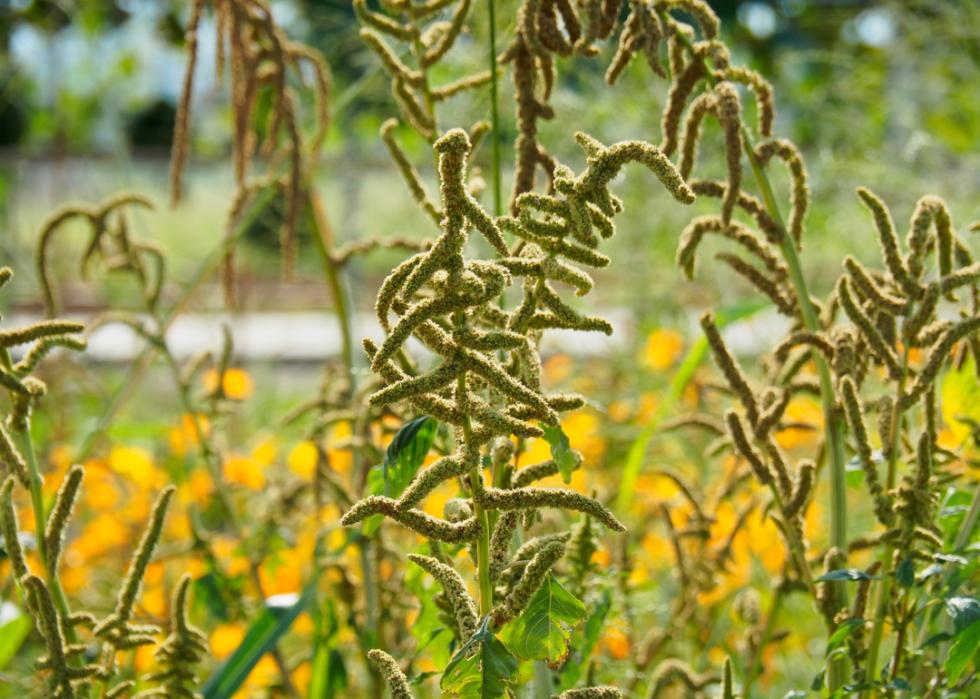
Pigweed
- Type: Weed pollen
- Season: May to September
- Peak of season: Mid-August to September
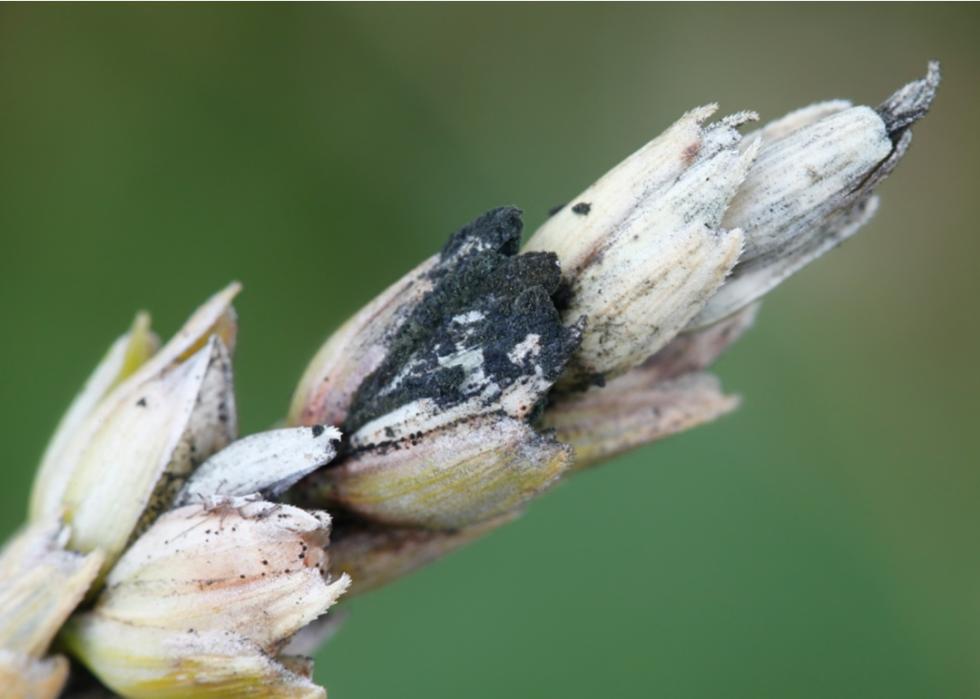
Alternaria
- Type: Mold spores
- Season: March to mid-May, July to mid-October
- Peak of season: Mid-August to mid-October
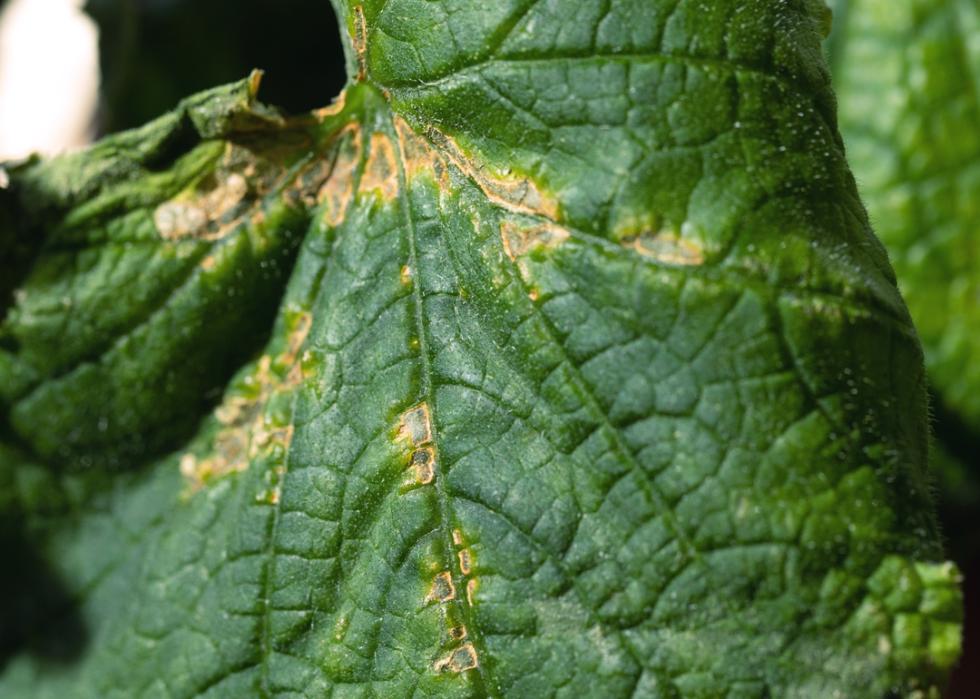
Cladosporium
- Type: Mold spores
- Season: March to mid-May, July to mid-October
- Peak of season: Mid-August to mid-October
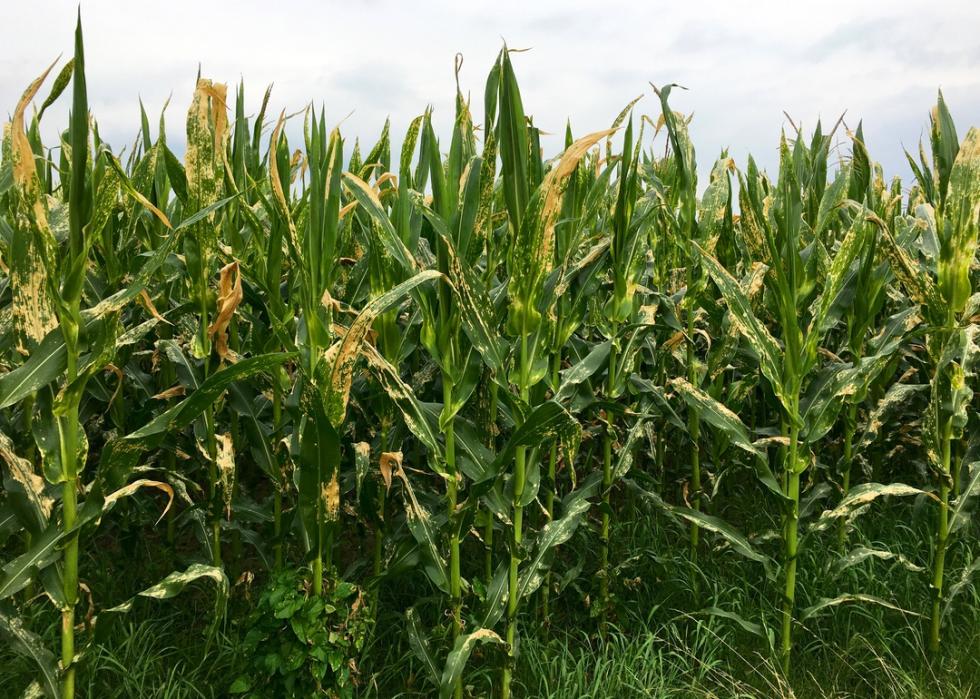
Helminthosporium
- Type: Mold spores
- Season: March to mid-May, July to mid-October
- Peak of season: Mid-August to mid-October



